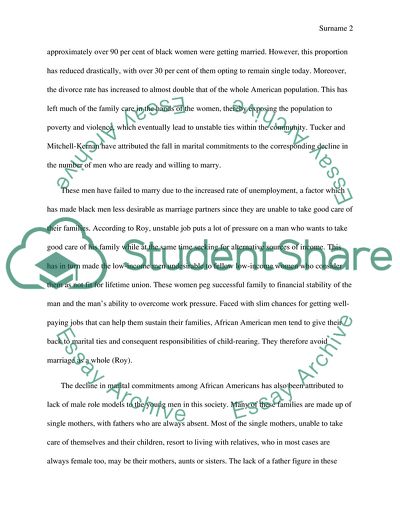Cite this document
(“Has Marriage Gone Out of Style among African Americans Research Paper”, n.d.)
Has Marriage Gone Out of Style among African Americans Research Paper. Retrieved from https://studentshare.org/social-science/1763183-has-marrage-gone-out-of-style-among-african-americans
Has Marriage Gone Out of Style among African Americans Research Paper. Retrieved from https://studentshare.org/social-science/1763183-has-marrage-gone-out-of-style-among-african-americans
(Has Marriage Gone Out of Style Among African Americans Research Paper)
Has Marriage Gone Out of Style Among African Americans Research Paper. https://studentshare.org/social-science/1763183-has-marrage-gone-out-of-style-among-african-americans.
Has Marriage Gone Out of Style Among African Americans Research Paper. https://studentshare.org/social-science/1763183-has-marrage-gone-out-of-style-among-african-americans.
“Has Marriage Gone Out of Style Among African Americans Research Paper”, n.d. https://studentshare.org/social-science/1763183-has-marrage-gone-out-of-style-among-african-americans.


